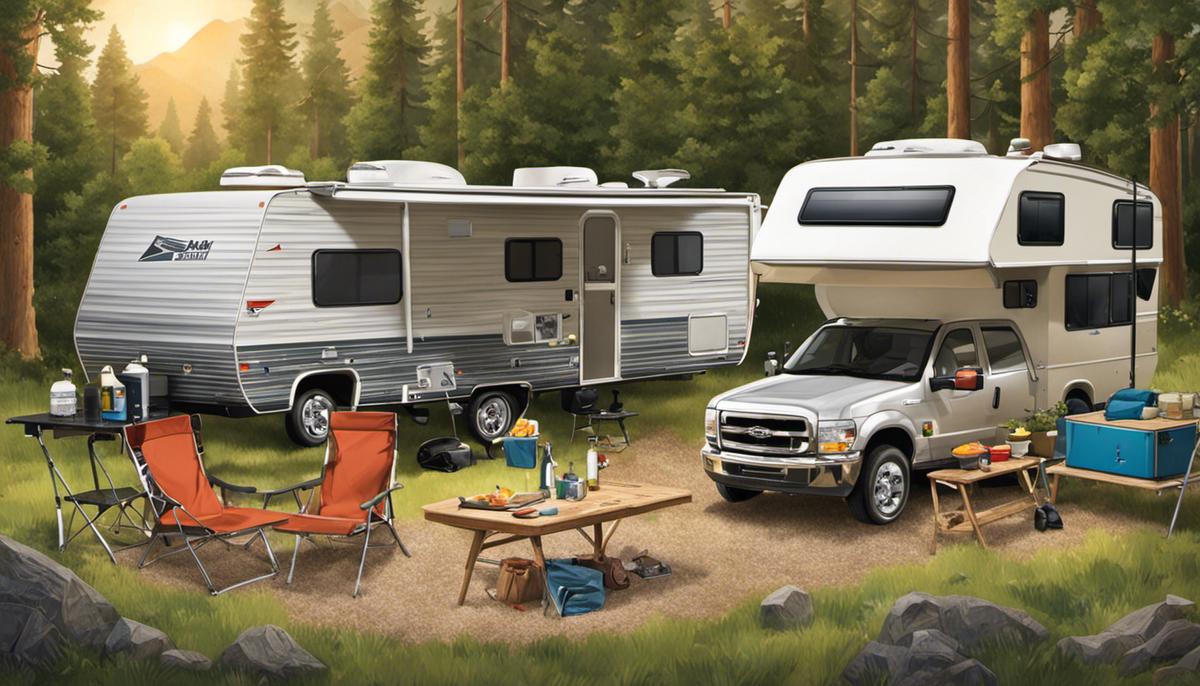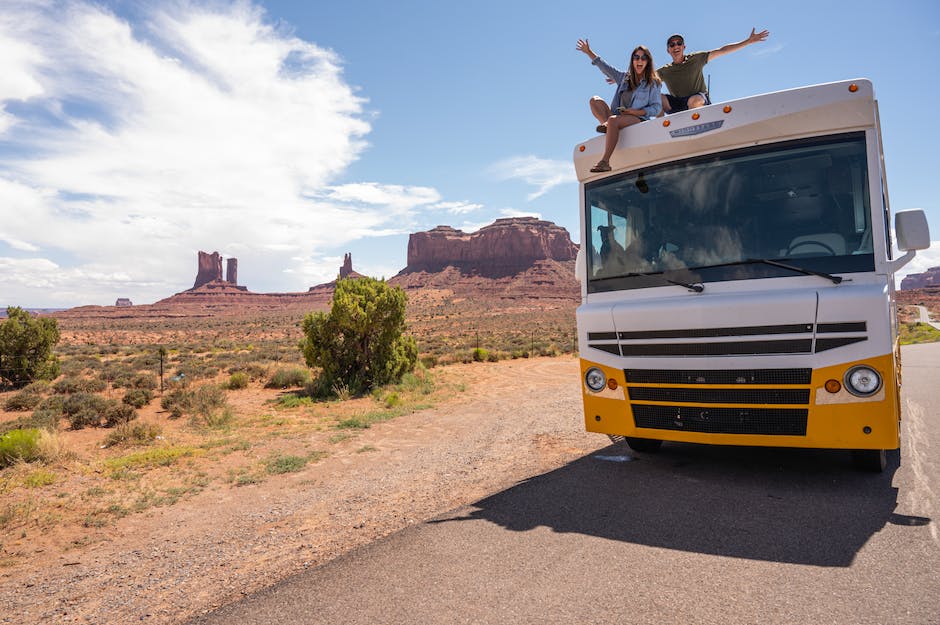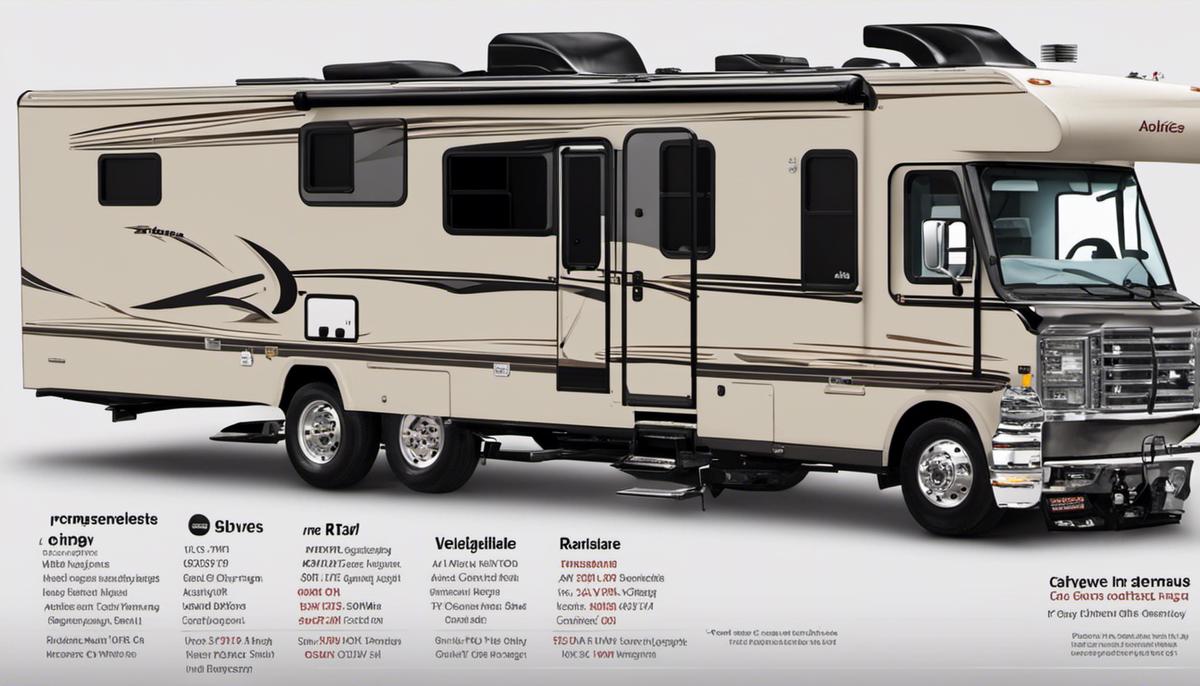Embarking on an RV trip isn’t simply about driving from one point to the other, it’s a voyage that requires keen preparation and careful planning. It’s about getting the maximum enjoyment and safety during your journey. To do this, one needs a comprehensive understanding of their recreational vehicle, essential RV equipment, and a knack for efficient route planning. You’ll navigate the realms of RV types and their relevant amenities, as well as crucial pieces of equipment that will serve to ease your journey. From there, we’ll delve into the intricacies of devising a route, calculating travel times and fuel usage, in addition to scouting for worthwhile stopping places. The expedition doesn’t end there, as we dive deeper into the exploration of potential destinations, local attractions, and RV-friendly campgrounds.
Understanding RVs and Essential Equipment
Understanding Different Types of RVs and their Amenities
There are various types of RVs available each offering unique amenities and comforts. Class A RVs are the largest and most luxurious, equipped with full kitchens, bathrooms, bedrooms, and even laundry facilities. They are ideal for long trips and accommodate large families.
Class B RVs, or camper vans, are smaller and easier to handle on the road but still come with basic amenities. These vehicles often sport convertible beds, compact kitchenettes, and portable toilets.
Class C RVs are medium-sized, offering more space than Class B but fewer amenities than Class A. They usually feature a separate over-cab sleeping area, a kitchen, and a restroom.
Travel trailers and fifth wheels provide space and homelike amenities but require a large vehicle for towing. Pop-up campers, on the other hand, are compact and lightweight trailers perfect for weekend getaways.
Relevance of RV Types in Trip Planning
The type of RV you choose heavily influences your trip planning. Larger RVs like Class A types may limit the places you can visit due to size restrictions at campgrounds and national parks. Smaller RVs or camper vans offer more flexibility but provide fewer amenities and lesser living space.
Consider the length of your trip, the size of your travel party, and the type of camping experience you desire when making your RV selection. Also, assess the weather conditions and the terrain of your chosen route and destinations to make sure the chosen RV type is suitable.
Essential Equipment for RV Trips
Regardless of the type of RV, there are some essentials that you should never embark on a trip without. Navigation tools are vital for any road trip. Along with traditional maps, consider a GPS device specially designed for RVs, which provides information on RV-friendly routes, gas stations, and campgrounds.
Kitchen essentials are also crucial. Pack essential cookware and utensils, plates, cups, a coffee maker, a compact microwave if space allows, and easy-to-store food items.
Comfortable bedding, including sheets, pillows, and blankets, is necessary to ensure a good night’s sleep. Extra sets of beddings are highly recommended for long trips.
Other necessary items include a first-aid kit, a tool kit for any minor repairs, a flashlight, camping chairs, an outdoor rug, and toilet chemicals if your RV has a built-in bathroom facility. Don’t forget adapters for electrical hookups and water pressure regulators if you’ll be staying at campgrounds with these facilities.
Additionally, it’s essential to carry a waste hose, a freshwater hose, leveling blocks, wheel chocks, a surge protector, and a propane gas leak detector for convenience and safety reasons. These items aid in easy and safe set-up of RV at campgrounds or RV parks.
Investing in solar panels can be beneficial for boondocking situations (camping without hookups), providing a clean energy source. Always remember to check and double-check your supplies before you hit the road to ensure a smooth and enjoyable RV trip.

Route Planning & Destination Research
Planning a Route for Your RV Trip
The first step in planning your RV trip is breaking down your planned route. Before setting off, it’s essential to research and choose a route that suits the kind of trip you want. Remember to consider scenic routes and highways as part of your plan.
Use an online mapping tool like Google Maps or a dedicated RV trip planner app like Roadtrippers, which allow you to visualize your route, calculate travel times, and even estimate your fuel usage. These softwares also give you the option of selecting RV-friendly roads to avoid low bridges or restricted roads.
When planning your route, break your journey into manageable driving segments. A good rule of thumb is to travel no more than 300 miles or six hours a day, whichever comes first. This helps ensure that you don’t drive when tired and gives you ample time to enjoy your surroundings.
Additionally, identify suitable stopping places along your route for breaks, fuel, and overnight stays. These can include rest stops, petrol stations, and RV parks.
Researching Potential Destinations and RV-Friendly Campgrounds
After identifying your primary route, it’s time to research your destinations and potential campgrounds. Begin by making a list of all the places you want to visit and attractions you want to see along your route.
Looking at the websites of each destination’s tourism office can provide valuable information. Look out for local events, historical sites, national parks, or anything that catches your interest.
Then consider your camping options. Not all campgrounds are created equal, so research to ensure the places you’re considering are indeed RV-friendly. Factors to note include the size of the sites, availability of pull-through spots, hookups availability, and whether the campground is open year-round.
Use apps like Campendium, RV Parky, or Allstays to search for RV parks and campgrounds. In addition, check reviews from other users to assess the quality and RV-friendliness of the sites.
Remember to make reservations beforehand for popular spots, especially during peak travel times. This ensures that you have a spot waiting for you after a long day on the road.
Finally, while planning your RV trip, always have a Plan B. Travel conditions might change due to weather, traffic, or sudden closures. It’s always good to have alternatives in your back pocket, such as alternate routes or additional camping spots just in case.
With these steps, you’ll plan a fantastic RV trip that combines a perfect route with thrilling destinations and comfortable, RV-friendly campgrounds.

RV Safety & Maintenance
Understanding RV Weight Distribution
Weight distribution is a key factor to consider when planning a trip with your RV. An improperly loaded RV can pose serious safety risks on the road. When packing and loading your RV, it is important to keep weight evenly distributed over the axles to maintain stable handling and braking.
Start by considering the importance of weight distribution. The vehicle’s weight should be balanced across all wheels to make sure no one side or end is heavier than the other. A good way to ensure this is by placing heavier items low and toward the center of the vehicle. Also, be sure not to exceed the RV’s gross vehicle weight rating (GVWR), which is the maximum weight that your RV can safely handle.
RV Emergency Preparedness
RV emergencies can range from minor inconveniences to serious situations that may require immediate attention. Therefore, it is vital to be well-prepared and know how to respond.
Start by packing an emergency kit. This should include first aid supplies, vital medications, food and water, a flashlight, batteries, maps, a battery-operated weather radio, and blankets.
Furthermore, familiarize yourself with the RV’s manual and equipment. In case of mechanical issues, knowing your RV’s layout and understanding its operating systems can make all the difference. If a breakdown or an emergency occurs, having the ability to troubleshoot or make minor repairs can be extremely helpful.
The Importance of Regular RV Maintenance
Just like any other vehicle, your RV requires regular maintenance to stay in good working order. By performing regular maintenance, you can identify potential problems early and prevent bigger issues and costly repairs later.
Some basic maintenance tasks include checking tire pressure and condition, regularly servicing the engine and transmission, maintaining the RV’s battery, checking roof and window seals, and keeping the brakes in good working condition. Regularly check and clean all interior and exterior lights. Correctly maintain your water system by occasionally sanitizing, checking for leaks, and insulating during colder months.
Don’t forget your safety devices. Regularly check your fire extinguisher, carbon monoxide detector, smoke detector, and LP gas leak detector. These devices are crucial for your safety on the road.
Safe RV Driving and Towing Practices
Driving and towing an RV are significantly different from driving a normal car. RVs have large blind spots, greater lengths, and weights, and require more stopping distance.
Before setting off, always inspect your RV for any visible issues. Adjust your mirrors to minimize blind spots and know your RV’s height to avoid low bridges or overhangs. Remember to keep a safe distance between you and the vehicle ahead of you as braking requires more time and distance. Always drive at a safe speed, taking into account your RV’s weight, the road conditions, and traffic.
Remember, safety must be your top priority when embarking on an RV trip. By understanding weight distribution, being prepared for emergencies, performing regular maintenance, and following safe driving practices, you can ensure a successful and enjoyable RV journey.

As exciting as setting off in your RV can be, the maintenance and safety of your RV should always take top priority. It isn’t just about ensuring your RV is functioning well, but it’s about maintaining the safety of you and your passengers too. This section dives precariously into RV safety measures – handling emergencies, understanding weight distribution to avoid loin issues while driving, and imparting the centrality of regular maintenance. After all, your RV isn’t just a vehicle, it’s your home away from home and fortress on wheels. So, whether your journey is short or a long expedition, investing the time to become well-informed is not only wise but essential to experiencing a safe and enjoyable RV journey.
